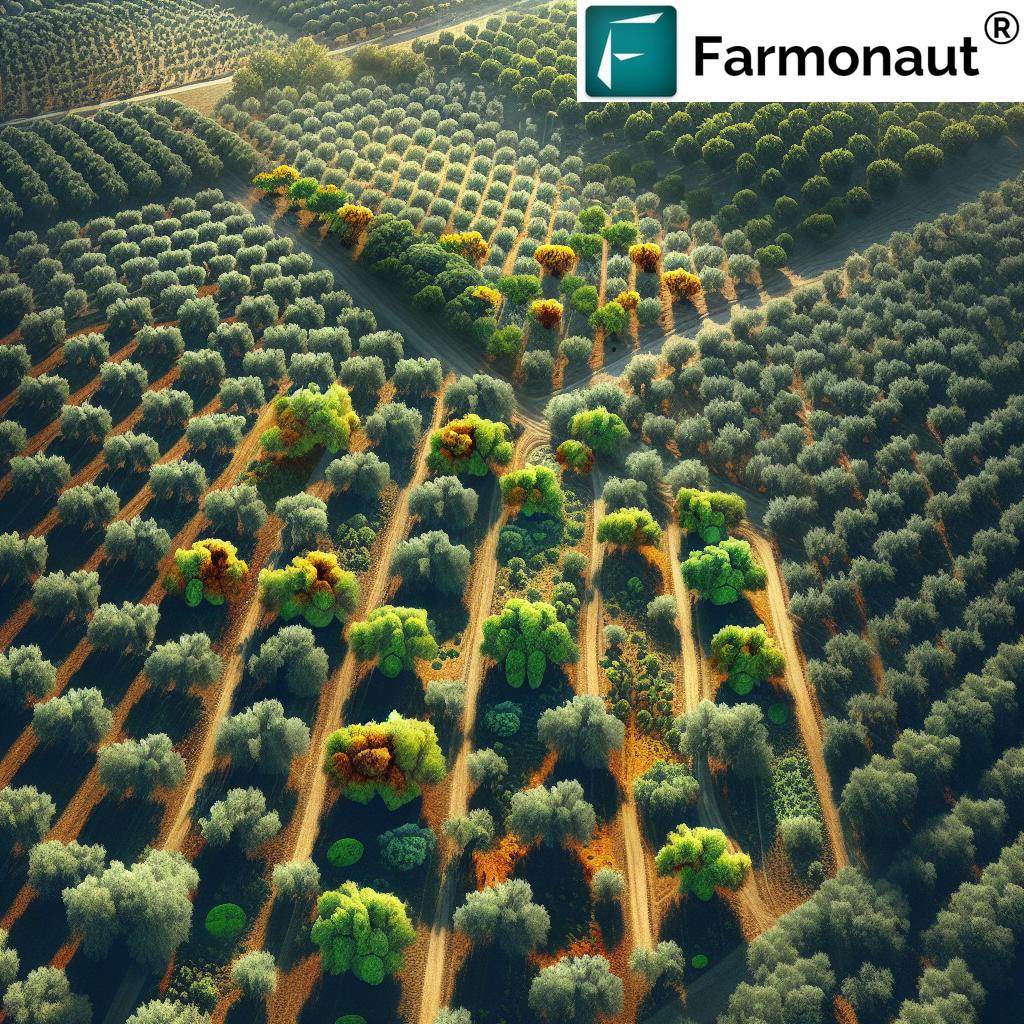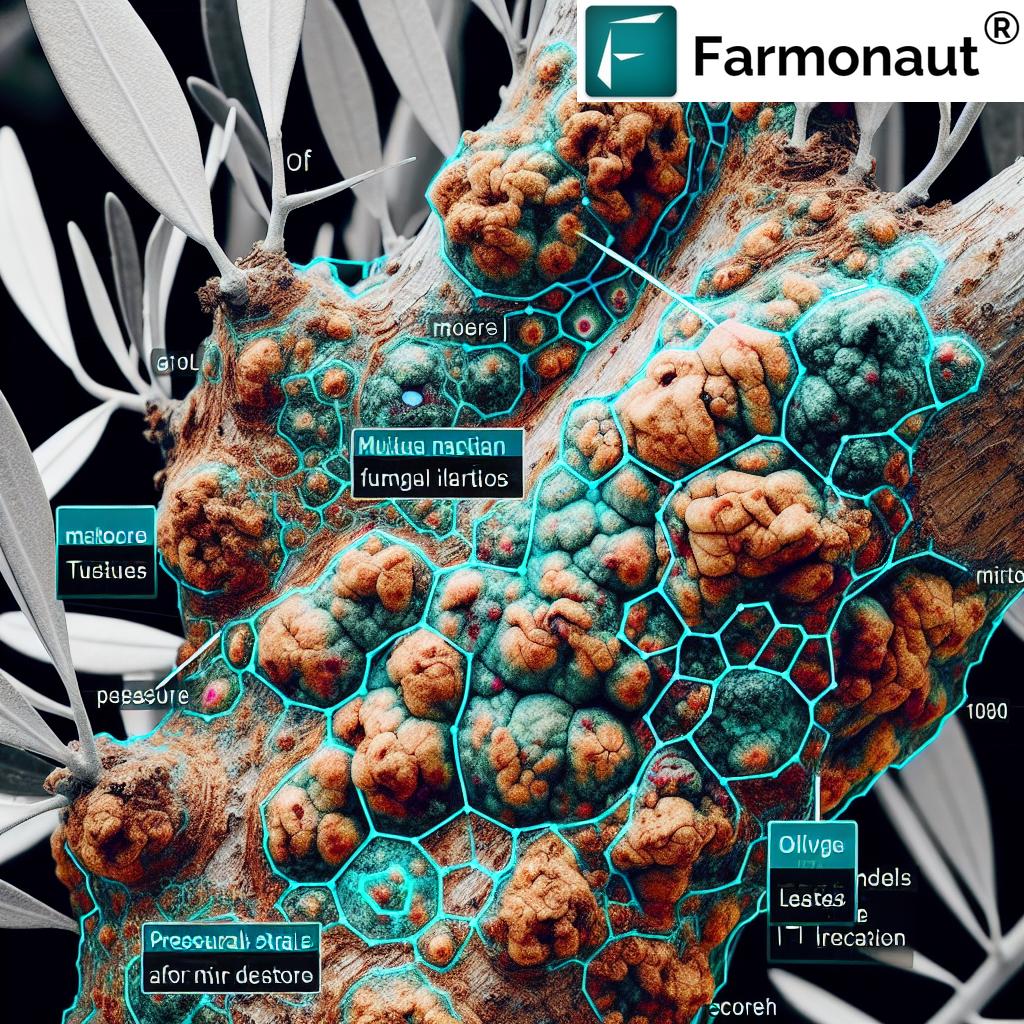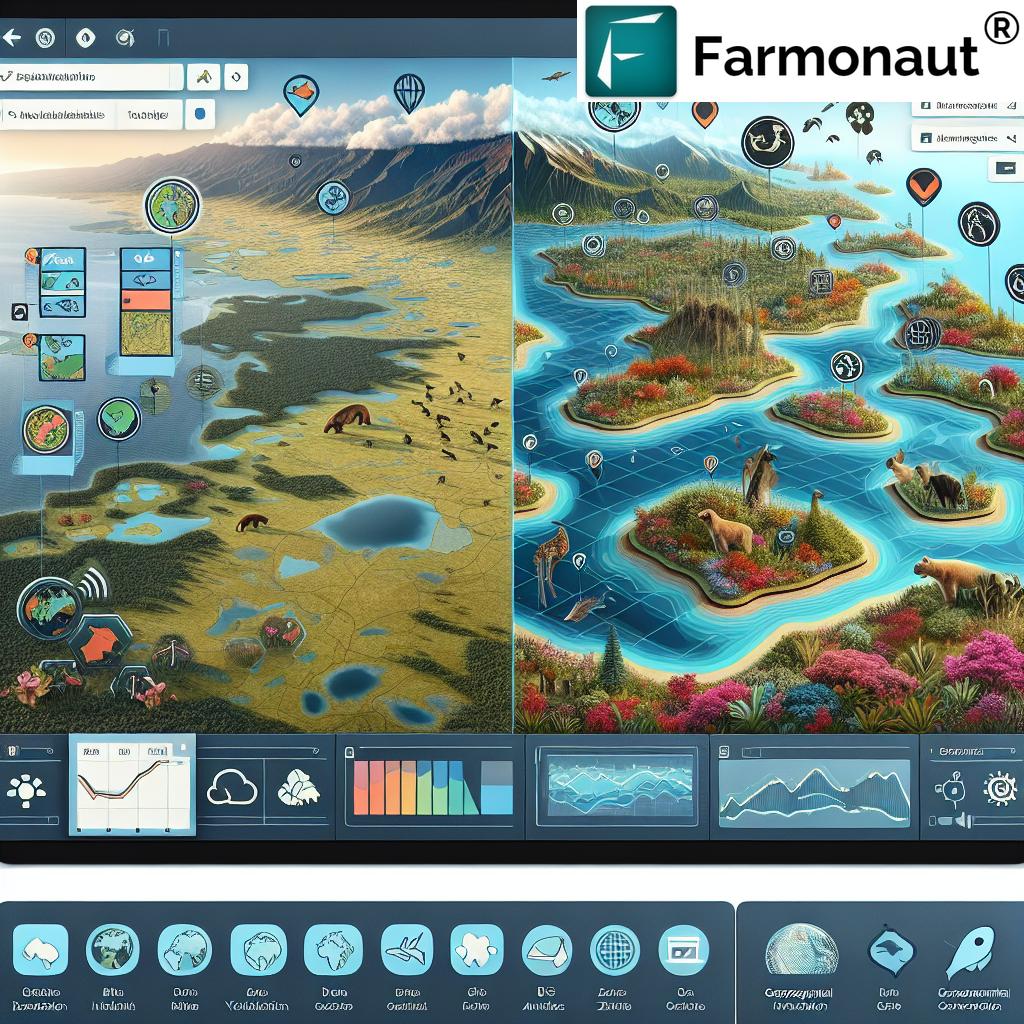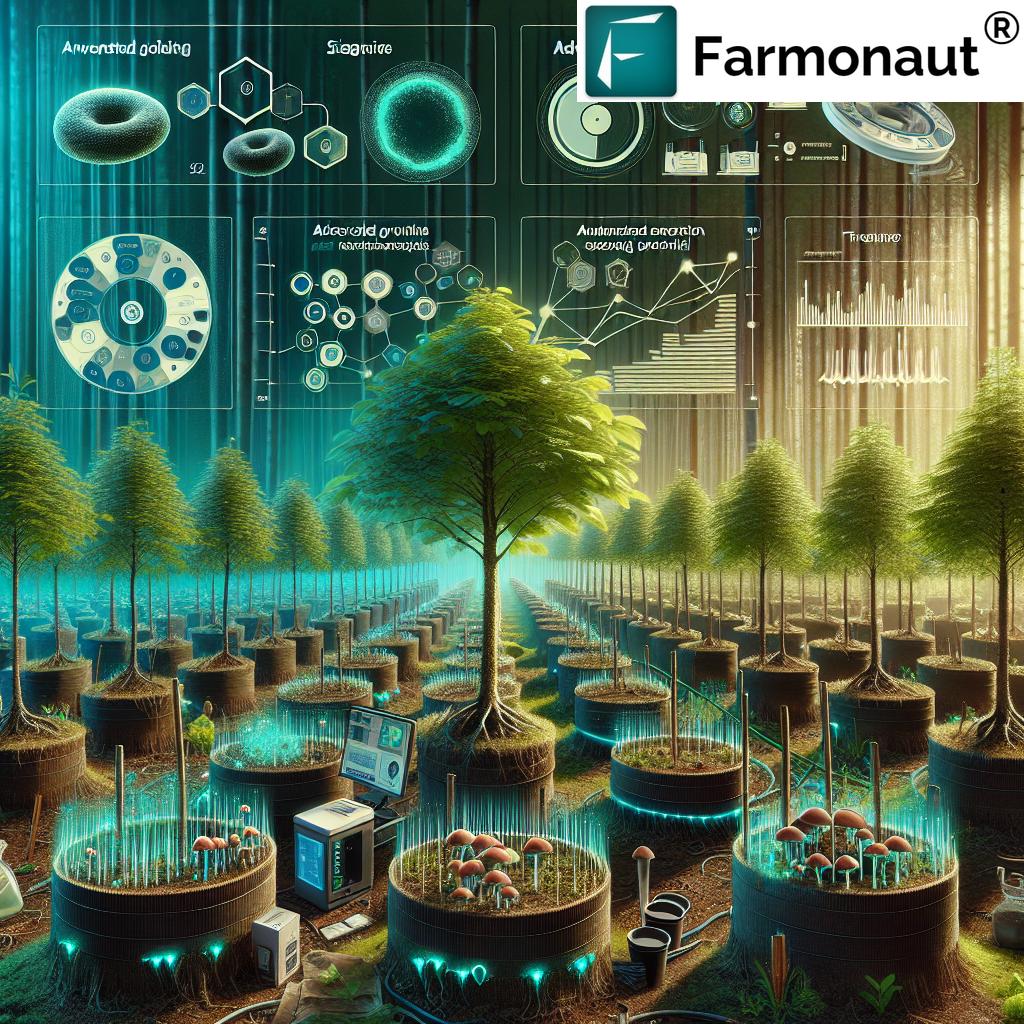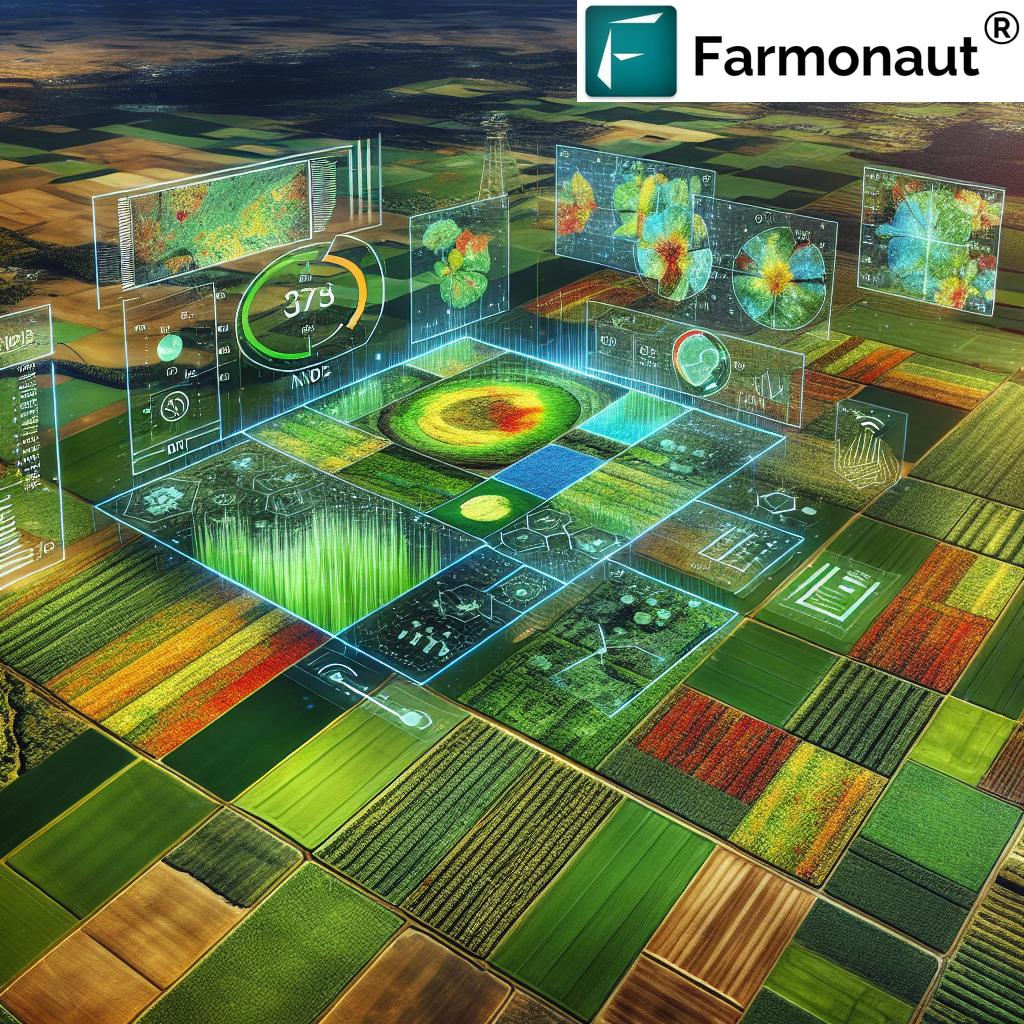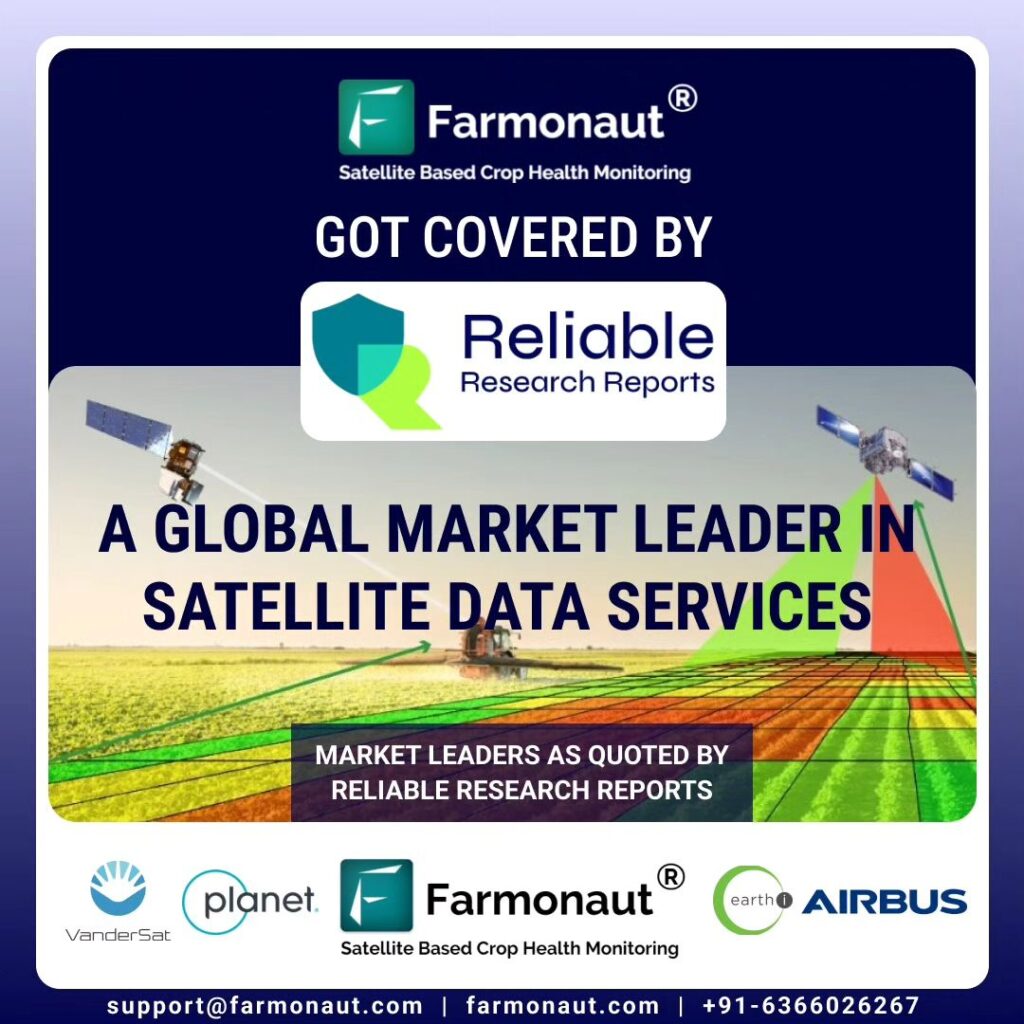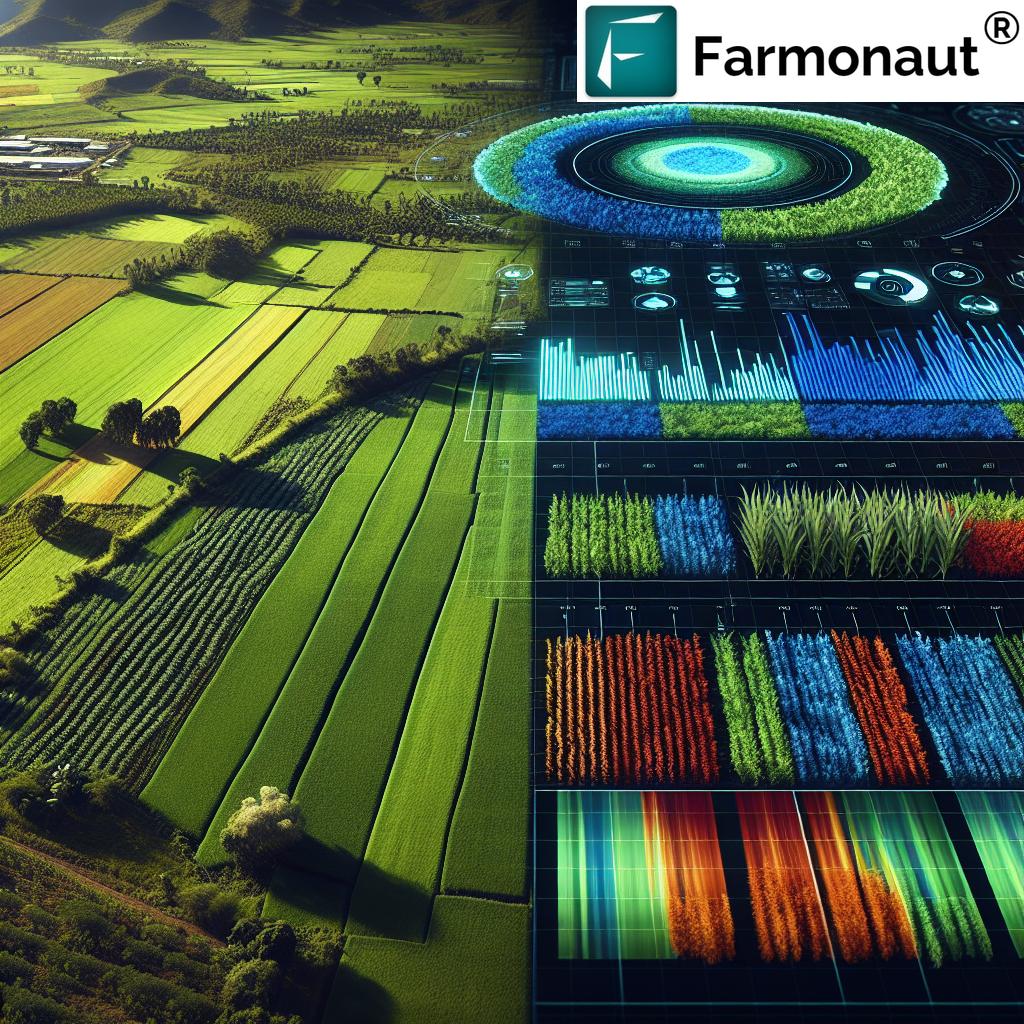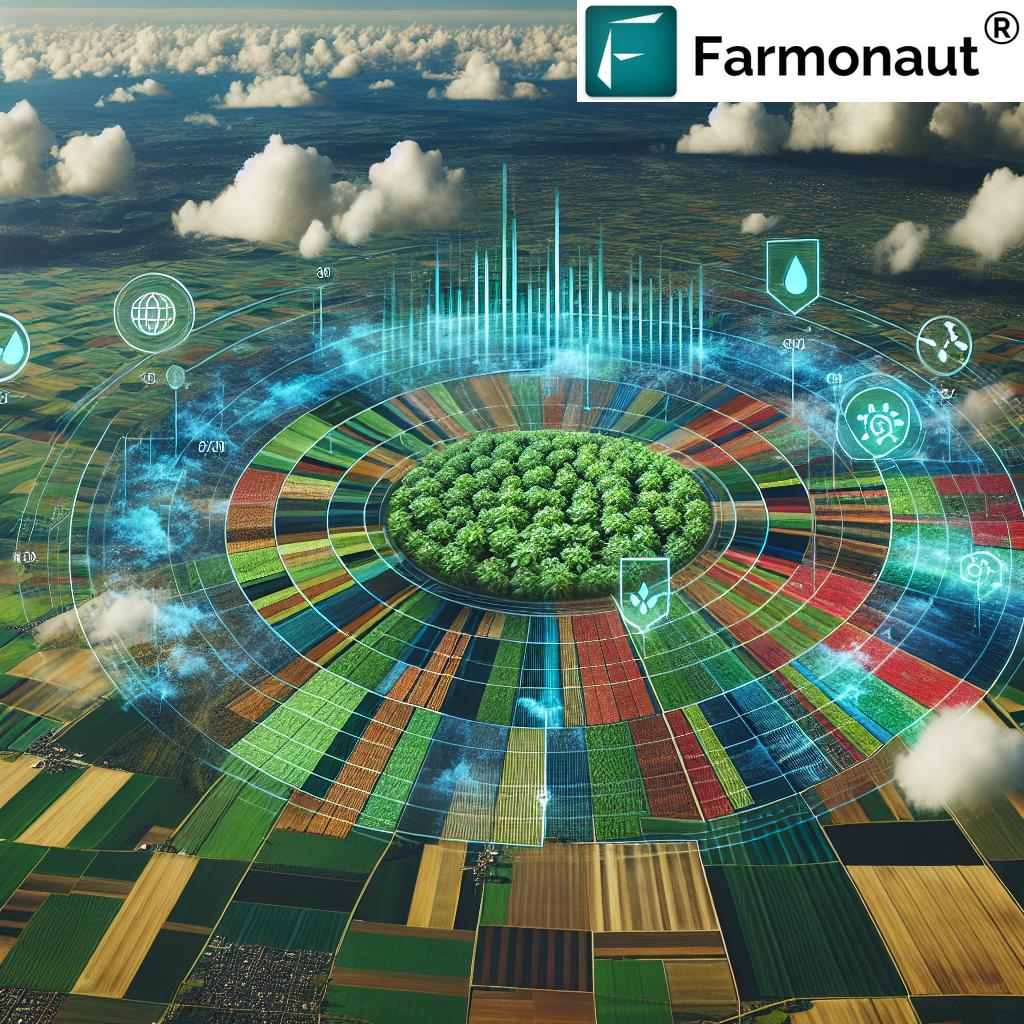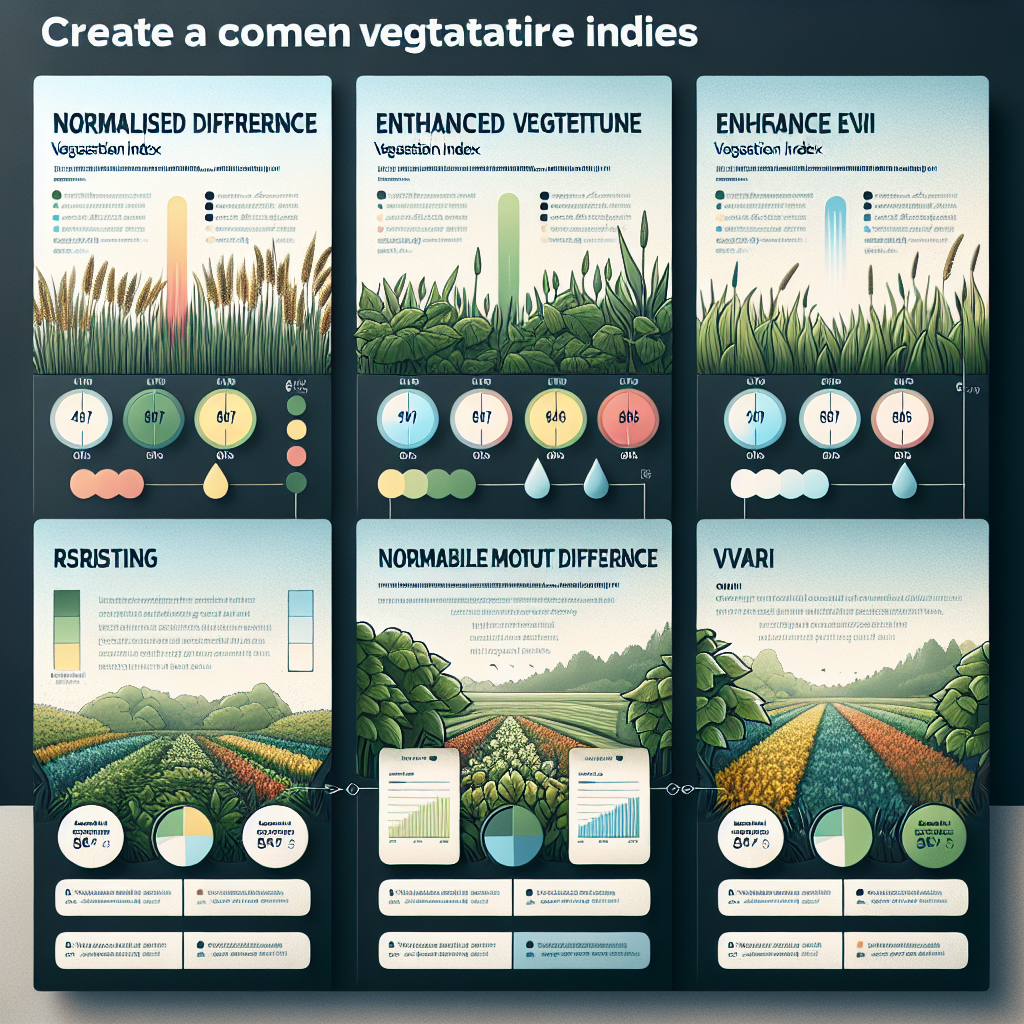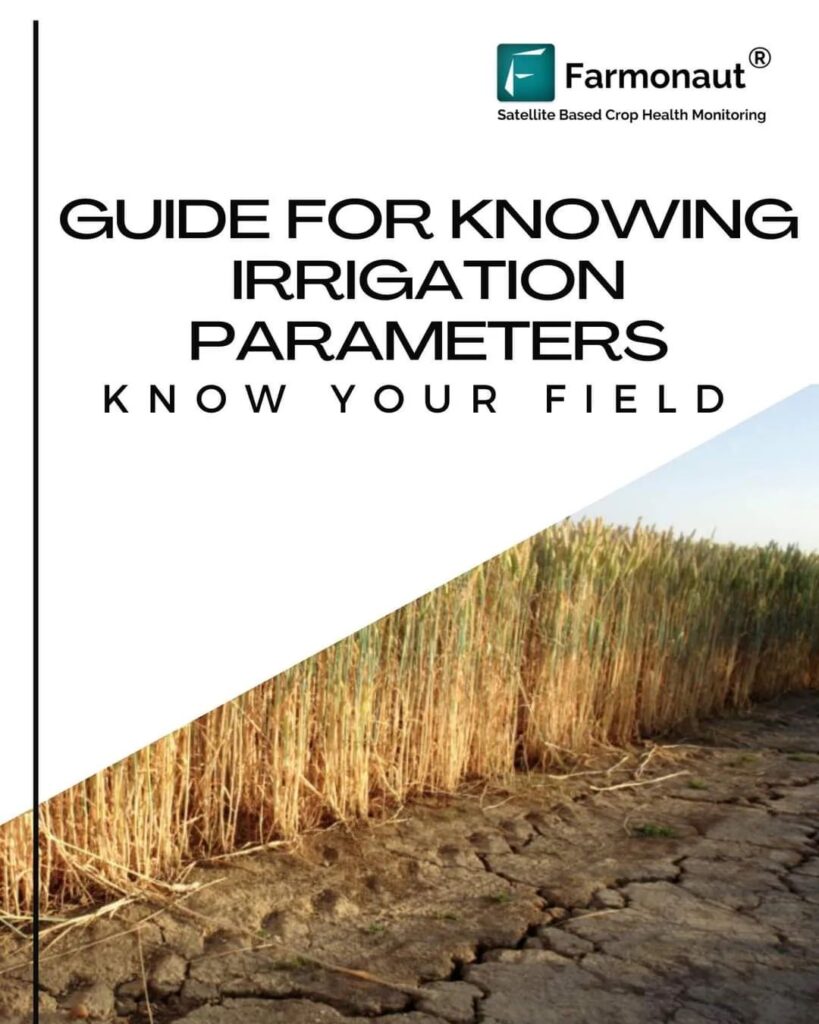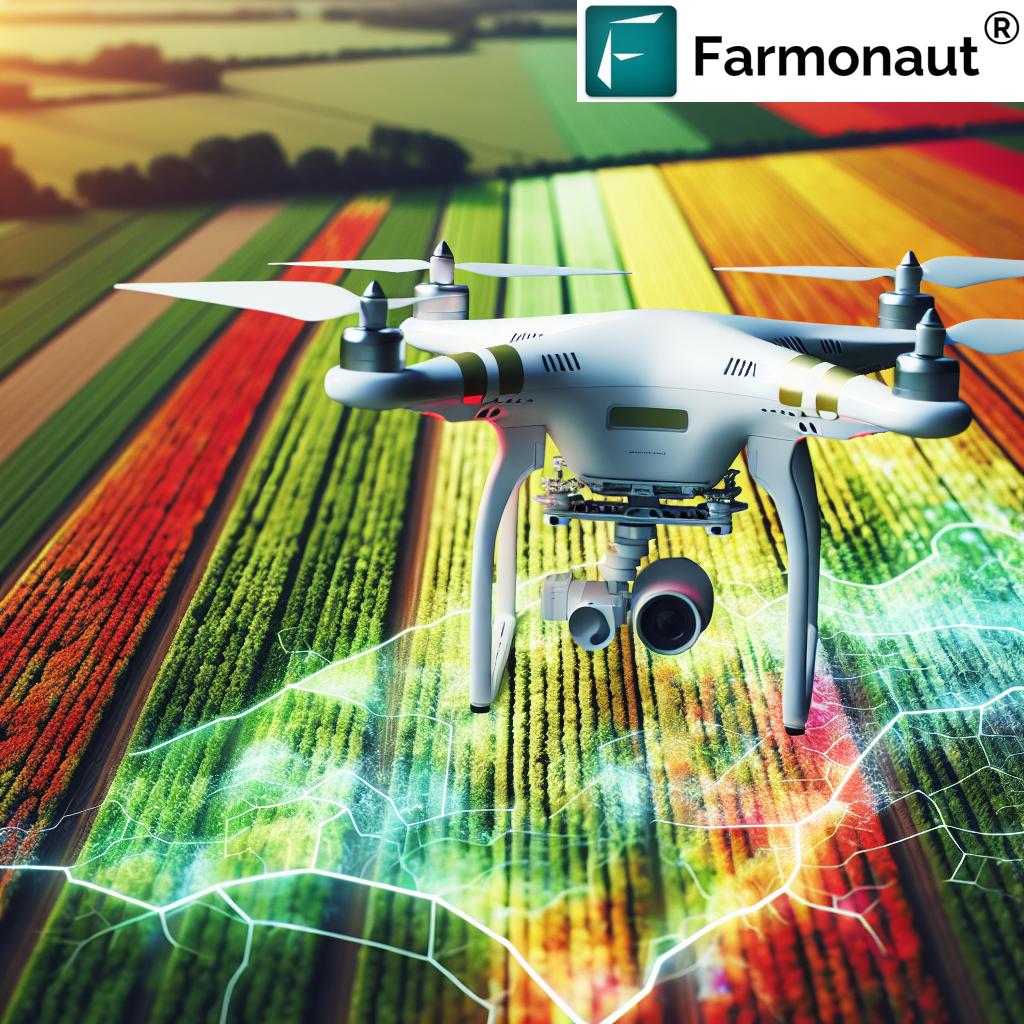AI Olive Disease Detection: 5 Shocking Orchard Secrets!
Table of Contents
- Introduction: Why AI Olive Disease Detection Matters
- The Revolution: AI in Olive Orchards & Remote Sensing
- UAVs For Plant Disease Detection: How Drones Map Olive Tree Health
- Early Detection of Olive Diseases: The Role of Deep Learning & Imaging
- Comparative Impact Table: Traditional vs AI & UAVs
- The Farmonaut Edge: Remote Sensing in Agriculture Made Affordable & Smart
- 5 Shocking Orchard Secrets: Benefits of Precision Agriculture Olive Trees
- Challenges, Limitations & The Future of AI Disease Detection
- Related Farmonaut Products & Links
- FAQ: AI Olive Disease Detection & Olive Tree Health Monitoring
Introduction: Why AI Olive Disease Detection Matters
The olive tree (Olea europaea) stands as the green heart of Mediterranean agriculture — a symbol of prosperity, heritage, and healthy living. With millions of hectares under olive cultivation throughout the Mediterranean and beyond, the economic and cultural significance of olives is immense. Yet, what most don’t realize are the silent threats lurking beneath those silver-green canopies. Persistent and emerging olive diseases can devastate entire orchards, threatening both agricultural livelihoods and cultural legacy.
Traditional disease detection methods, such as manual visual inspections and laboratory analyses, often fall short. They are labor-intensive, time-consuming, and frequently reactive — by the time signs are obvious, the damage is already done. The world demands a smarter, faster, and more precise approach to olive disease detection.
Enter the age of artificial intelligence (AI) and remote sensing in agriculture. With the integration of deep learning algorithms, UAVs (unmanned aerial vehicles or drones), and high-resolution multispectral imaging, we’re witnessing a true technological revolution in olive disease detection and orchard health monitoring. This comprehensive guide uncovers the five shocking orchard secrets enabled by these advances, transforming the way we detect, prevent, and manage diseases in olive trees.
The Revolution: AI in Olive Orchards & Remote Sensing
The fusion of AI, UAVs, and multispectral imaging marks a new era for olive disease detection. Traditional methods are giving way to data-driven, automated, and scalable approaches that drastically improve the efficiency and effectiveness of disease management across vast orchards.
- AI in Olive Orchards: AI analyzes complex patterns within high-resolution images and vast datasets, detecting subtle signs of disease long before they’re visible to the naked eye.
- Remote Sensing in Agriculture: Thanks to satellite and drone-based monitoring, we can now assess the health of thousands of olive trees from above, spotting problematic areas and stress indicators rapidly and accurately.
- UAVs for Plant Disease Detection: Equipped with state-of-the-art cameras and sensors, UAVs (drones) can fly over olive fields, capturing robust imagery and providing a continuous stream of aerial data.
The integration of these technologies signals a shift from reactive to proactive orchard management, optimizing interventions, reducing chemical use, and ultimately safeguarding both yields and the environment.
UAVs For Plant Disease Detection: How Drones Map Olive Tree Health
UAVs (drones) are rapidly reshaping precision agriculture olive trees management. By mounting advanced optical and multispectral cameras, these unmanned aerial vehicles can perform periodic flights over olive orchards, collecting data far beyond human visual capacity.
Why UAVs are Game-Changers:
- Speed & Coverage: UAVs can cover hundreds of hectares per hour, capturing detailed aerial imagery. This outpaces manual inspection, making it possible to monitor large orchards frequently and at scale.
- Multispectral Imaging Olives: Drones equipped with multispectral sensors detect changes in chlorophyll, water stress, and other indicators that are invisible to the naked eye, enabling more precise identification of infected trees and stress symptoms.
- Data Integration: Drone-gathered data can be integrated with satellite imagery and weather data, expanding the analytical power of AI models for even more accurate and timely disease detection.
All these factors combine to provide timely alerts and facilitate early interventions that can prevent the spread of fungus, wilt, leaf spot, and other devastating diseases.
Sample UAV-Based Olive Health Workflow:
- Pre-Flight Planning: Define orchard boundaries and schedule automatic drone flights based on desired frequency.
- Image Capture: Drones fly pre-programmed routes, collecting multispectral and hyperspectral images of all trees.
- AI Analysis: Advanced deep learning plant disease detection models process the images, identifying disease symptoms such as discoloration, leaf drop, or water stress.
- Reporting & Alerts: Results are visualized on digital orchard maps. Infected and at-risk trees are flagged for targeted intervention.
Early Detection of Olive Diseases: The Role of Deep Learning & Imaging
Early detection of olive diseases is vital for effective intervention. Waiting until symptoms become apparent can result in rapid disease spread and severe economic loss. Through the integration of AI-powered deep learning, UAVs, and high-resolution imaging, we’re able to identify stress and disease in olive trees at a previously unthinkable scale and speed.
How Deep Learning Plant Disease Models Work:
- Image Acquisition: Drones and satellites acquire RGB, multispectral, and hyperspectral images of olive orchards under various conditions (season, weather, light).
- AI Training: Neural networks are trained using large annotated datasets containing examples of healthy and infected trees—including signs of verticillium wilt, leaf spot, and Xylella fastidiosa.
- Pattern Analysis: The models process new incoming images in real-time, detecting subtle changes or patterns indicative of stress, disease, or pest infestations, often well before they can be detected manually.
- Feedback & Adaptation: As more varied data (seasonal, healthy/stressed, different cultivars) is input, the AI model continually improves, adapting to new disease strains or regional variations in symptoms.
This advanced approach makes it possible to reduce manual inspections and laboratory analyses—which are often too slow and costly—while also boosting the accuracy and consistency of olive tree health monitoring.
Most Common Olive Diseases Detected via AI & Remote Sensing
- Verticillium Wilt (Verticillium dahliae): Fungus-caused vascular wilt leading to leaf drop, canopy dieback, and tree death. AI models pinpoint affected areas for quick intervention to prevent widespread outbreaks.
- Olive Leaf Spot (Fusicladium oleagineum): Characterized by dark leaf lesions causing defoliation and yield loss. Early drone-based detection supports targeted fungicide application or cultural practices to manage the disease.
- Xylella fastidiosa (“Olive Quick Decline Syndrome”): A bacterial disease notorious for causing rapid decline and death in olive trees. Multispectral imaging plus AI enables early identification and mapping, critical for containment in affected Mediterranean regions.
Comparative Technology Impact Table: Traditional vs AI & UAVs in Olive Disease Detection
| Detection Method | Estimated Detection Speed | Accuracy Rate (%) | Area Coverage per Hour (ha) | Human Labor Required | Intervention Timing |
|---|---|---|---|---|---|
| Traditional Field Inspection | 5-15 days/orchard | 65-75% | 2-6 | High (team of inspectors) | Late (post-symptom) |
| AI-Powered Remote Sensing | 12-24 hours | 85-98% | Up to 750 | Minimal (analyst review only) | Early (pre-symptom) |
| UAV-Assisted Monitoring | 1-4 hours | 90-99% | 100-300 | Low (operator + analyst) | Very Early (asymptomatic or stress stage) |
As this comparison highlights, AI and UAV-based methods for olive disease detection drastically outpace the speed, scale, and precision of older, manual systems. This not only improves the timeliness of interventions but also allows for comprehensive and cost-effective disease management in even the largest orchards.
The Farmonaut Edge: Remote Sensing in Agriculture Made Affordable & Smart
Farmonaut stands at the forefront of the precision agriculture revolution, making advanced crop health monitoring accessible for farmers, agribusinesses, cooperatives, researchers, and even government institutions across the world.
Our mission is simple: Democratize AI-driven agriculture and remote sensing—delivering the power of satellite and aerial insights to those who need it most, from smallholder farmers to large-scale orchard managers.
Farmonaut’s Technology Stack:
- Satellite-Based Crop Health Monitoring: Understand field and orchard health over time with NDVI, NDRE, and moisture mapping.
- AI-Powered Jeevn Advisory System: Receive real-time, AI-driven recommendations to optimize farming decisions, including interventions against disease outbreaks.
- Blockchain Traceability: Ensure every olive in your supply chain is transparent and verified. Learn more about blockchain-based product traceability here.
- Fleet and Resource Management: Track all orchard vehicles and equipment usage for peak efficiency (see fleet solutions).
- Carbon Footprinting: Monitor and reduce your environmental impact. See how carbon footprinting works.
By leveraging satellite, UAV, AI, and blockchain under one platform, Farmonaut offers a scalable, affordable, and actionable toolkit for anyone serious about keeping their olive trees healthy and profitable.
Developers and enterprises can harness Farmonaut’s satellite and weather data via our robust API. Access Farmonaut API here.
For full integration support, visit our API Developer Documentation.
5 Shocking Orchard Secrets: Benefits of Precision Agriculture Olive Trees
Let’s reveal the five groundbreaking secrets that AI and UAV technology bring to olive disease detection and orchard management:
-
Secret #1: Invisible Diseases, Now Visible Early
Multispectral and hyperspectral imaging—powered by both UAVs and satellites—detects invisible biochemical changes and stress in trees days or weeks before symptoms show. This makes “early” truly possible, often before any physical signs emerge. -
Secret #2: Massive Scale, Zero Blind Spots
AI-driven analysis enables coverage of hundreds or thousands of hectares in a single session. Unlike manual methods, no tree or hotspot falls through the cracks, ensuring every corner of your orchard is monitored. -
Secret #3: Precision Interventions That Save Resources
Instead of blanket spraying or mass pruning, targeted interventions based on precise AI maps save time, labor, and money—while reducing chemical usage and environmental impact. This is the true essence of precision agriculture olive trees management. -
Secret #4: Data-Driven Decision Making for Every Farmer
Both individual farmers and corporate managers benefit from real-time AI insights, accessible via web, Android, or iOS apps. Actionable notifications empower everyone in the agricultural value chain to make smarter, faster choices. -
Secret #5: Continual Improvement via Global Data Integration
The more orchards adopt these tools, the more robust our global datasets become. AI systems learn from every orchard—new disease strains, environmental conditions, and evolving symptom patterns—offering better accuracy and adaptability over time.
With these secrets, the future of olive tree health monitoring is both profitable and sustainable.
Learn more about Farmonaut’s large-scale orchard and farm management solutions here.
Challenges, Limitations & The Future of AI Disease Detection
Current Limitations & Considerations
- Data Quality and Resolution: For accurate AI identification, the quality of input data (lighting, altitude, sensor calibration) is key. Poor data can reduce detection rates.
- Model Generalization: Models trained on one region may not instantly adapt to others due to different disease strains or environmental conditions. Regular updates and ongoing training on diverse datasets are vital.
- Operational and Regulatory Constraints: UAV operations are subject to airspace regulations and may face limitations on flight altitude, frequency, or area coverage in some countries.
The Future: What’s Next for Olive Disease Detection?
- IoT Integration: Combining drones and static in-field sensors for 24/7 environmental monitoring will further enhance disease prediction accuracy.
- Citizen Science & Farmer Engagement: Empowering farmers and agronomists with digital reporting tools will build even bigger and better global datasets for AI models.
- Automated Decision Support Systems: AI not only alerts about potential disease but can also recommend or automate the next steps for optimal intervention.
- Sustainability & Transparency: Innovations like carbon footprint tracking and blockchain traceability strengthen trust and environmentally-friendly cultivation.
Interested in automated verification for your crop insurance or loan needs? Check out our crop loan and insurance verification solutions.
Related Farmonaut Products & Links
- Use Farmonaut’s Satellite & AI Crop Health Monitoring to spot olive diseases, analyze field NDVI, get mobile alerts, and optimize input use—no hardware installation required.
- Blockchain-based Traceability lets you prove farm-to-bottle olive oil authenticity and boost consumer trust.
- Farmonaut’s Carbon Footprinting enables you to track and reduce your orchard’s environmental impact for sustainable global agriculture.
- Large-Scale Farm and Orchard Management with real-time dashboarding for multi-field or multi-farm organizations.
- Fleet & Resource Management Module—optimize your orchard machinery and reduce overheads.
FAQ: AI Olive Disease Detection & Olive Tree Health Monitoring
How accurate is AI-based olive disease detection compared to traditional methods?
AI and UAV-powered detection can reach accuracy rates of 90–99%, compared to 65–75% for manual field inspections. Early imaging can spot disease stress before physical symptoms emerge, greatly improving orchard outcomes.
Which olive diseases are best detected by remote sensing and AI?
The leading threats—Verticillium wilt, olive leaf spot, and Xylella fastidiosa—are now effectively detected at early stages with UAV or satellite imaging and deep learning analysis.
What types of sensors are used for drone-based olive disease detection?
UAVs may use RGB, multispectral, or hyperspectral sensors. Multispectral sensors (e.g., capturing red, green, blue, near-infrared) are especially useful for detecting subtle changes in chlorophyll, water stress, and disease presence in olive trees.
Can small or medium-sized orchards benefit from these technologies?
Yes! Farmonaut provides affordable, flexible subscriptions for individual olive growers and cooperatives, with web and mobile app access—making precision agriculture accessible, no matter the scale.
How do I get started with Farmonaut’s olive monitoring solutions?
Simply register on the web or mobile app, define your olive farm boundaries, and start receiving satellite-based AI insights for disease detection and crop health monitoring.
Conclusion
The integration of artificial intelligence and UAV-based remote sensing is fundamentally transforming olive disease detection and orchard management in the Mediterranean and across the globe. With early, accurate, and scalable diagnosis, we can now protect our olive trees, improve yields, and champion sustainable farming—all while keeping costs under control.
Explore the possibilities today—because with Farmonaut and AI innovation, the future of olive cultivation is brighter, healthier, and far more profitable.


